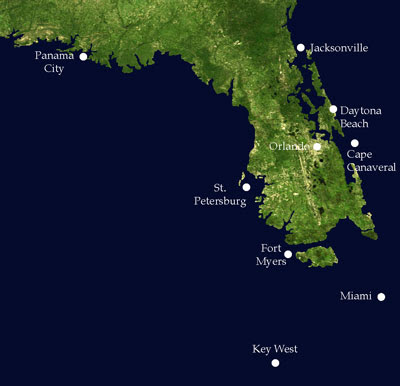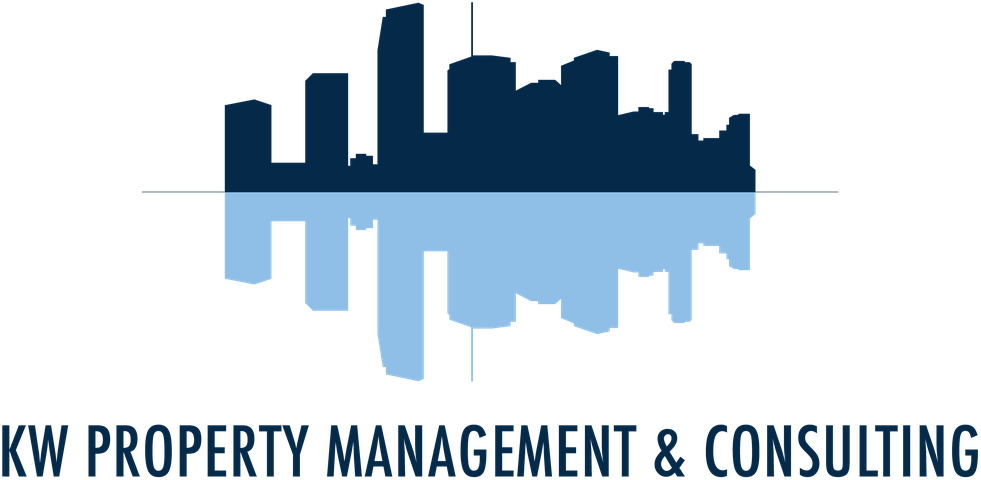
The topic of sea level rise is being discussed in coastal cities across America. While there are certainly controversies about how fast and how much the sea level will rise, it is indisputable that the sea level is rising and impacting associations and their action plans as it relates to their residents’ property.
Individual homeowners in cities like Miami, Florida and Honolulu, Hawaii, are beginning to ask questions like: Will rising water impact my asset? When should I expect the arrival of rising waters? Is there anything I can do to prevent damage to my property and protect it? How can I insure my assets sufficiently in the event of damage or loss as it relates to sea level rise?
Condominium and HOA board members in these cities are also asking questions such as: How can we best prepare our community for sea level rise? What are the short and long-term effects? What are our short and long-term plans to deal with these effects and how will we pay to mitigate or minimize any damage? How do we best communicate the realities to our residents without causing mass hysteria or affecting our property values?
What are the impacts?
We know that some of the physical impacts of sea level rise will include rising ground water tables, increased flooding, accelerated coastal erosion, salt intrusion, saturated and weakened soils and drainage problems. Damage due to flooding, hurricanes and beach erosion are also exacerbated by sea level rise.
Some researchers estimate that just three feet of sea level rise can result in upwards of $19 billion of lost land and structures per major coastal city. Increased flooding and salt water intrusion may cause damage to underground utilities. Although flood insurance is available, some risks cannot be covered. Property owners must bear the costs of damage to personal property and temporary rehousing as a result of flooding and may wind up paying higher maintenance fees for the costs of preventative construction and repairs to property.
Preparing the association
Any existing community about to undergo renovations, remodeling or restoration projects, should consider investing in a consultant who can generate a report detailing the necessary measures to take in order to flood-proof their new and existing structures. The right consultant will also consider sea level rise and other potential climate change-related challenges that traditional property inspectors and building codes may not consider — hurricane storm surge, flooding rains and extreme temperature changes. Current FEMA flood maps are based on historical data and don’t consider sea level rise. Online tools from federal and private groups can paint a wide swath, but not combine multiple event models for individual properties.
Regardless of which sea level rise model and trajectory boards and homeowners decide to subscribe to, it’s their fiduciary responsibility to investigate the impact and possible solutions in the coming years. The first course of action is always education and ensuring that the topic is a discussion at board meetings and sessions; open communication will ensure that residents feel informed and confident that the issue is on the board’s radar.
Mitigating the damage
While there seems to be no slowdown in the market for waterfront residences, damage and costs associated with sea level rise, developers are finally acknowledging that the issue may make condominium projects more difficult to build and sell in the future. There are some actions that association boards can take in order to mitigate future damage arising from sea level rise. For construction or renovation projects requiring an environmental assessment or environmental impact statement, boards can make sure such statements are prepared with consideration of current sea level rise data. Construction should be undertaken in a manner that will prevent damage including elevating structures and utilities, retrofitting existing structures and flood-proofing underground utilities. Property fixes for single homes can be as simple as self-inflating barriers available at home improvement stores to pricey permanent blockades against rising tides. Raising crawl space vents could buy an individual homeowner additional time as well.
The cost of mitigation is not cheap and should be spread out over years. Funding should be included in the association’s budget and more specifically, in the reserve accounts. These reserve accounts will generally build up over the years so that the monies are available once the capital expenditure is needed.
If your community is undergoing a 40- or 50- year recertification or major construction project, ask the association’s electrical contractor if adjustments can be made to low-lying electrical wiring and outlets to raise them. This may include addressing underground facilities or raising the seawall. Associations should consult with their property managers, engineers and attorneys to formulate a plan that is feasible and works for them. Whatever the proposed action recommended, boards throughout Florida and in coastal communities should take proactive steps now to address future sea-level rise.
Working with insurance claims
Sea level rise and the damage it causes may lead to claims by disgruntled purchasers or homeowners. Courts in some municipal jurisdictions across the country, in states like Hawaii, have found that flooding and soil problems are among the types of conditions on property that are “material” and must be disclosed to purchasers.

